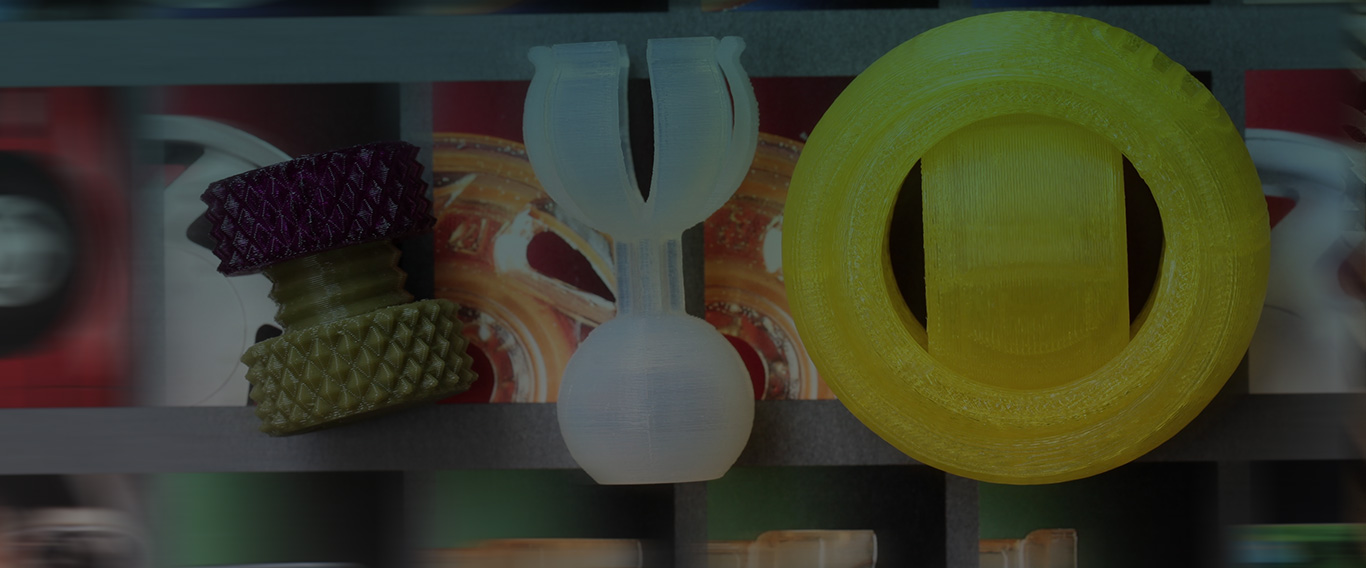What are Photopolymers?
Photopolymers are imaging compositions based on polymers/oligomers/monomers which can be selectively polymerized and/or crosslinked upon image-wise exposure by light radiation such as ultra-violet light. For final use, they are made into different forms including film/sheet, liquid, solution etc. which find outlets in printing plates, photoresists, stereolithography/ 3D printing and imaging. A popular use of liquid photopolymers is in making of rubber stamps. Photoresists are used to make integrated circuits, flat panel displays, printed circuits, chemically milled parts, MEMS (microelectromechanical systems) etc. Similar liquid compositions can also be used for non-imaging applications such as adhesives, coatings and inks. A photopolymer product can be applied as a very thin coating as in liquid photoresists or formed into a large model as in a stereolithographic/ 3D printing equipment.
Photopolymer formulations comprise of polymers, oligomers, monomers and additives. Polymer bases for photopolymers include acrylics, polyvinyl alcohol, polyvinyl cinnamate, polyisoprene, polyamides, epoxies, polyimides, styrenic block copolymers, nitrile rubber etc. They may be used along with oligomers, monomers and additives. Polymers usually function as binders and determine processing characteristics as well as final physical properties of cured photopolymer compositions. Liquid compositions such as those used for printing plates and stereolithographic resins usually do not incorporate polymers as a significant component. However, liquid photoresists may contain a polymer dissolved in a solvent carrier. The first photopolymers developed and marketed were based on polyvinyl cinnamates and sensitizers dissolved in solvents and marketed as photoresists by Eastman Kodak Company.
Currently, the fastest growing market for photopolymers is stereolithography/3D printing. Photopolymers, also referred to in the trade as photopolymer resins or UV resins, used for stereolithography/3D printing are based on epoxy and acrylic chemistry.



